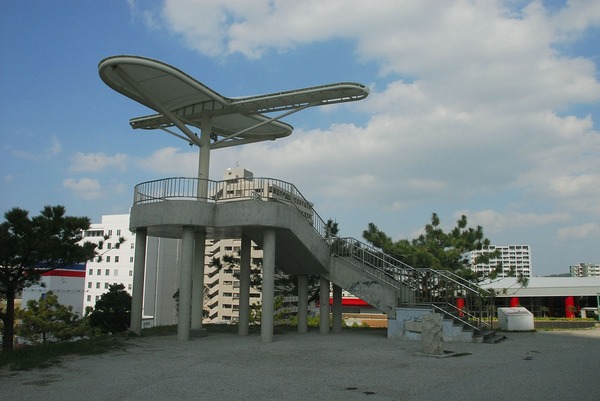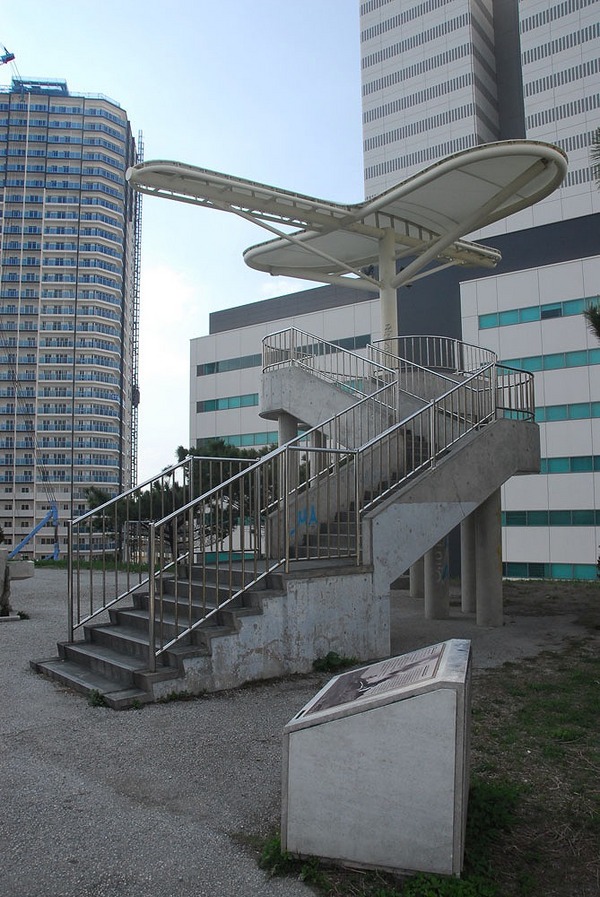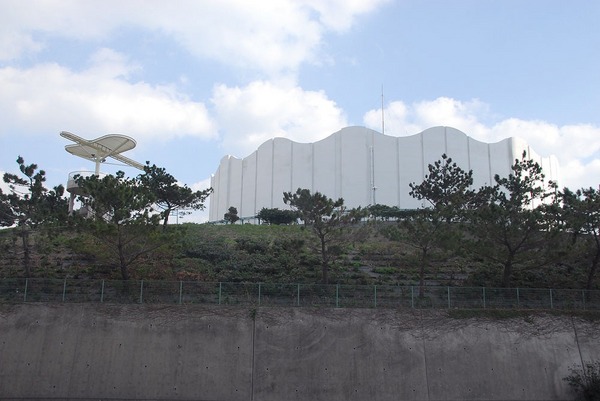Kiramachiji (Sugar Loaf)
History




One of the fiercely fought sites during the Battle of Okinawa, and also one of the Japanese military lines that was built on a hill located in the north of the Asato District of Naha City. The Japanese military called this area “Conical Hill,” and the Americans “Sugar Loaf.” The hill was a west side defense line for the Japanese military entrenched in Shuri and where the ferocious fighting against the U.S. 6th Marine Division took place.
Basic information
- Address
- 900-0006 1-6 Omoromachi Naha Okinawa In Asato Water Distribution Park
- Business hours
- Nothing in particular
- Close day
- Nothing in particular
- Charge
- Free
- Parking
- None
- Access information
- Take the Yui Rail and get off at the Omoromachi Station. About an 8-minute walk.
Additional Information
- Academic information
- One of the fiercely fought sites during the Battle of Okinawa, and also one of the Japanese military lines that was built on a hill located in the north of the Asato District of Naha City. The Japanese military called this area "Conical Hill," and the Americans "Sugar Loaf." The hill was a west side defense line for the Japanese military entrenched in Shuri and where the ferocious fighting against the U.S. 6th Marine Division took place. The battle at this kiramachiiji (Sugar Loaf) lasted a week starting on May 12, 1945, and finally, after the repeated heavy fighting in which the top of the hill would be taken over sometimes four times a day alternately by the Japanese and the Americans, ended on the 18th, with the area being brought under U.S. military control. The U.S. military suffered a heavy toll: 2,662 dead and 1,289 mental casualties. The number of Japanese dead and injured was also high, including Okinawan students mobilized as volunteer soldiers, and non-military civilians. After this date, the U.S. Military strengthened the effort, causing the 32rd Army Headquarters in Shuri to retreat to the south of Okinawa. The Battle of Okinawa was in effect already coming to an end with the breaking up of the Shuri Line, but the war fought in the south, dragging local civilians into the fighting, lasted until the end of June.
